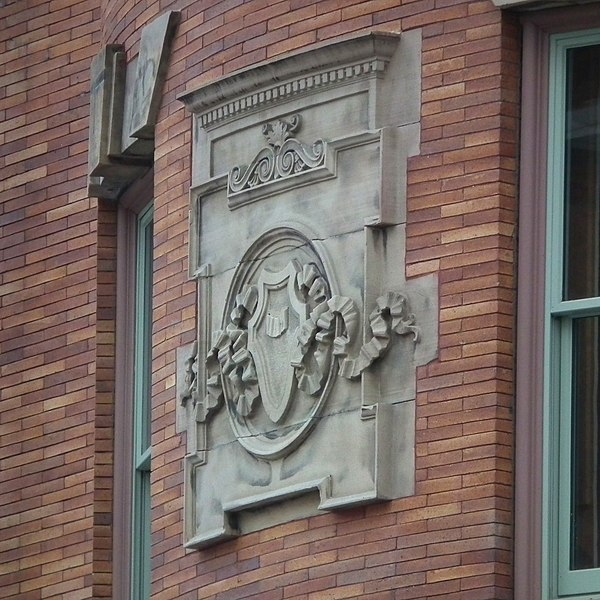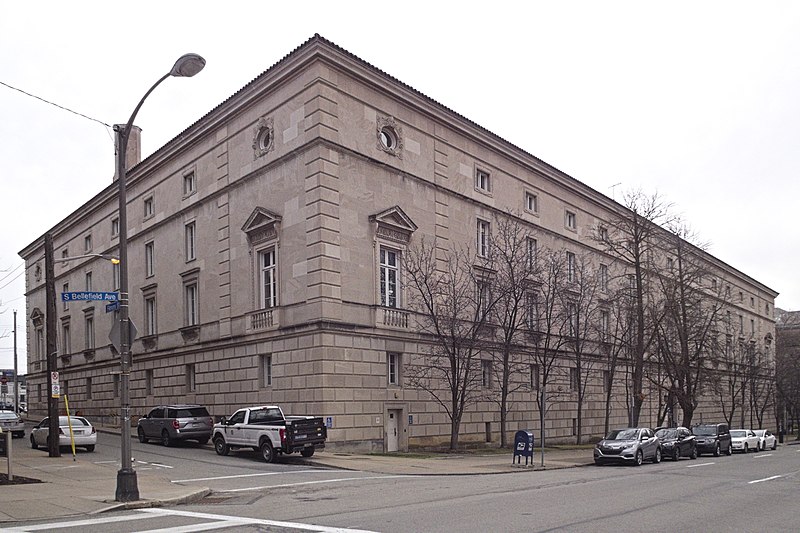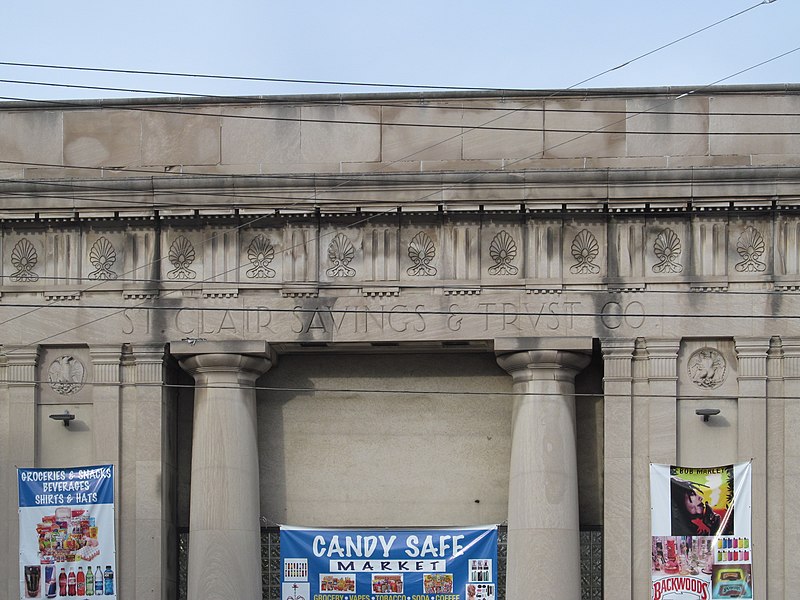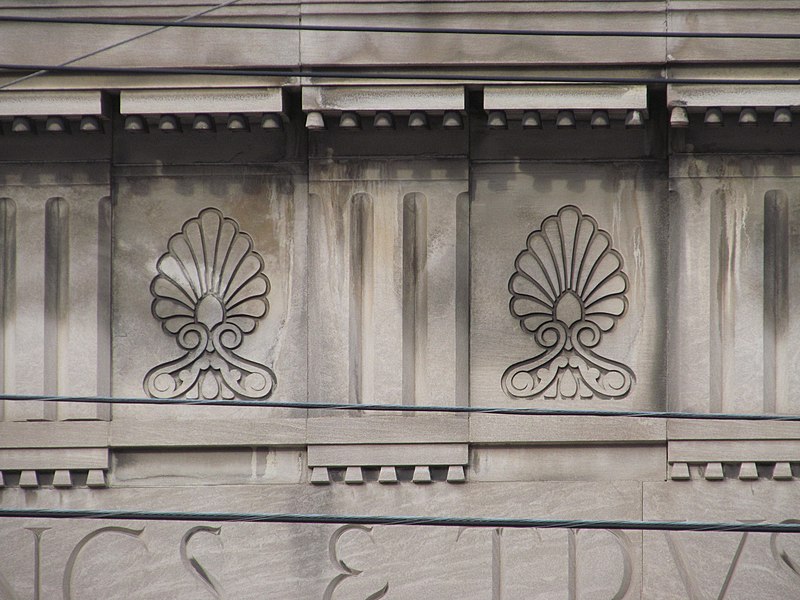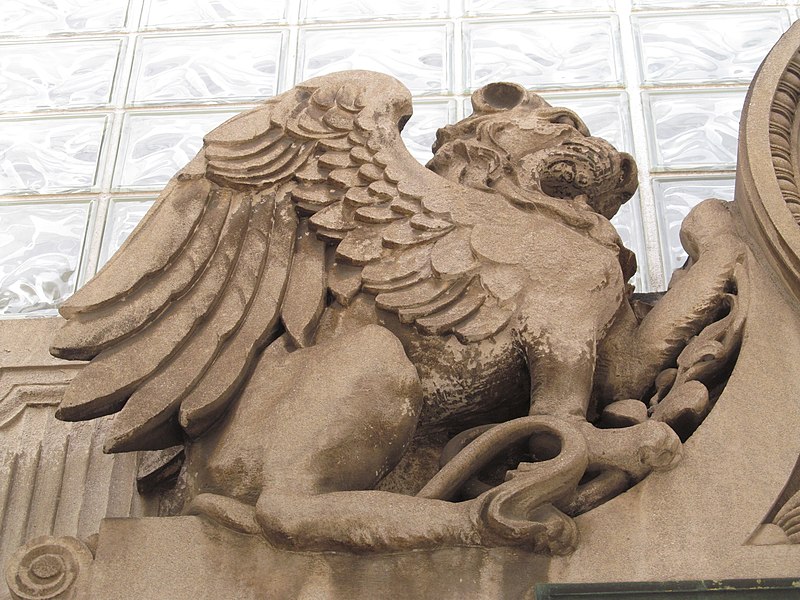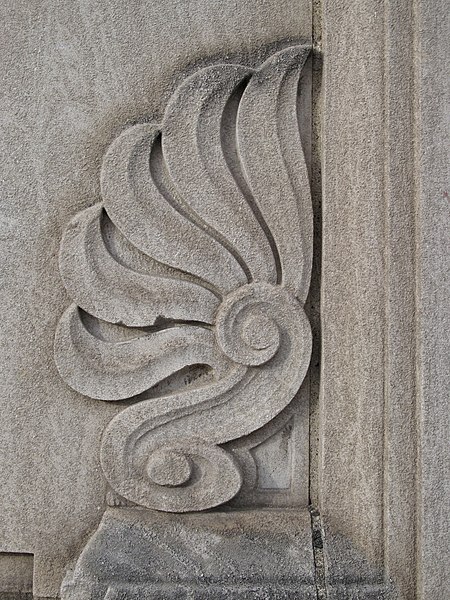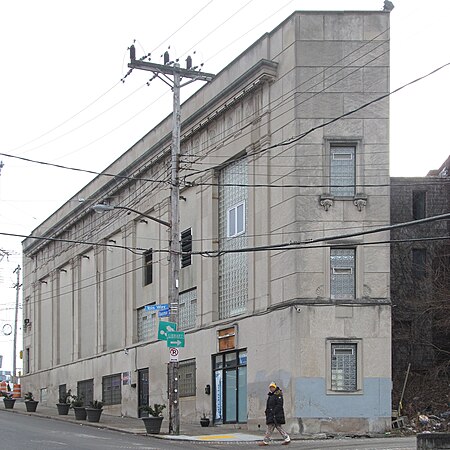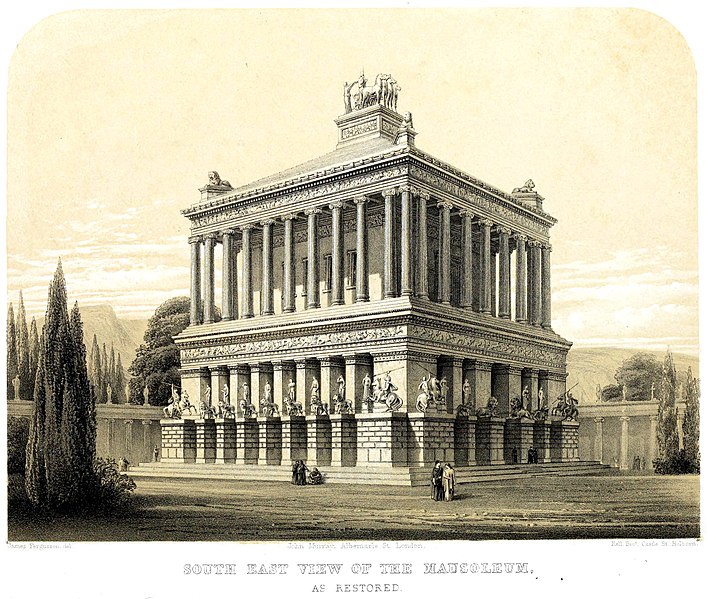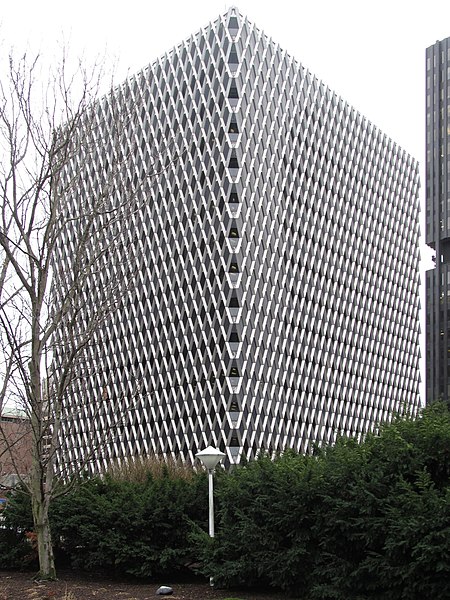
Now Chalfant Hall of the Community College of Allegheny County, and currently getting a thorough renovation. The house was built in about 1900; no one seems to know who the architect was. Henry Chalfant was a successful lawyer whose father was a successful lawyer as well.

